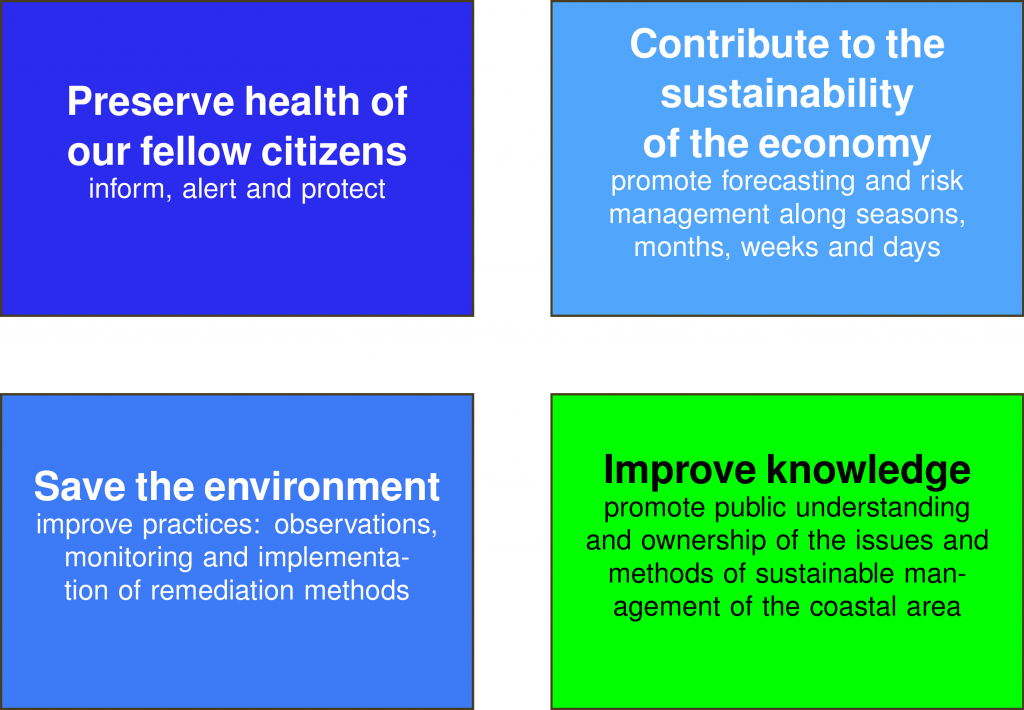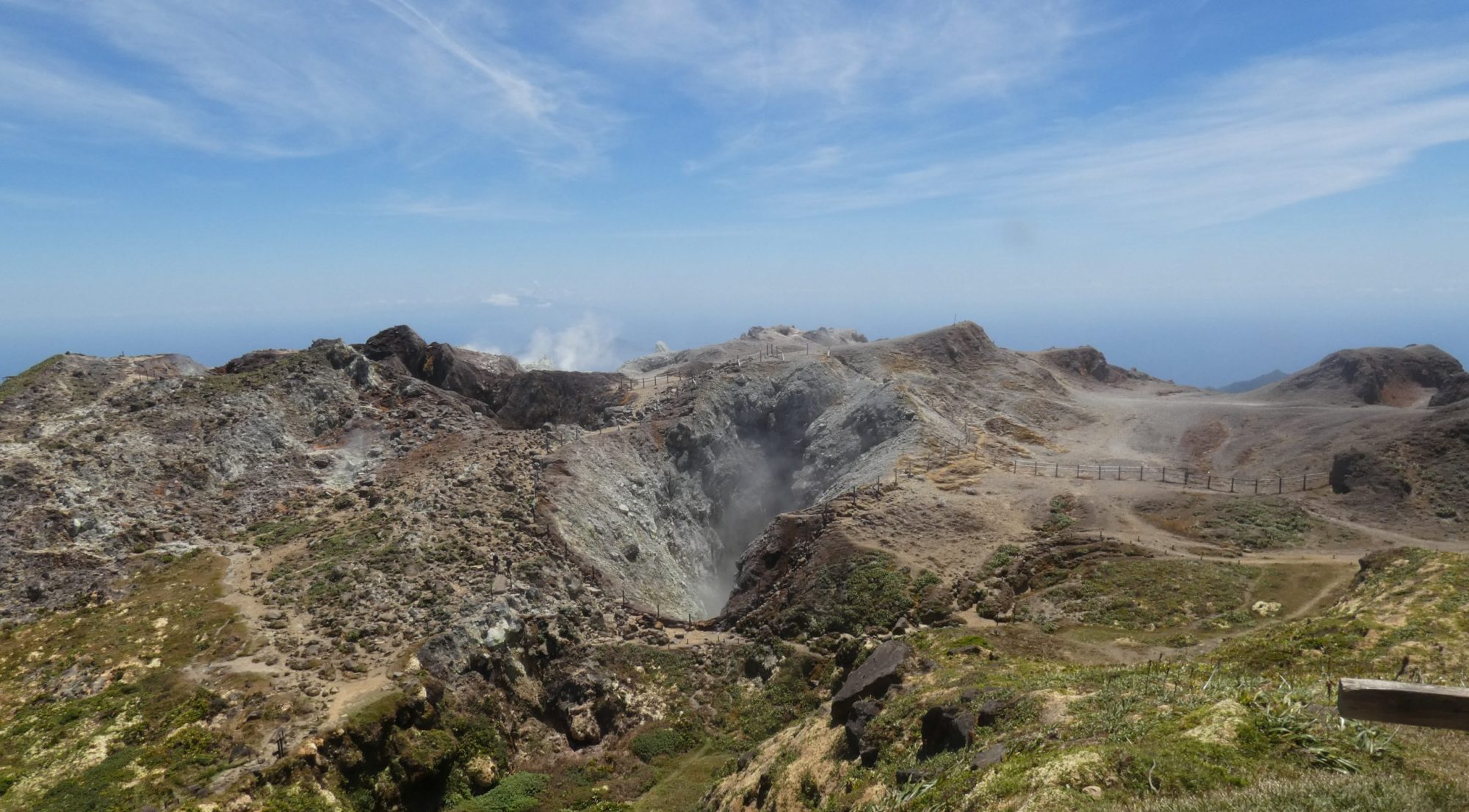Since 2011, stranding of Sargassum a pelagic macro-algae have been observed in most of the tropical coastal areas of the Atlantic Ocean, the Caribbean Sea and the Gulf of Mexico. The reasons for these stranding, which can range from light to massive, are related to environmental conditions that are particularly suited to algae growth (i.e., temperature, available nutrient and lack of predator) and movements of the ocean surface ( i.e., sea currents, tide, wind and waves)
During the years 2014-2015 stranding were particularly important and allowed a first awareness at the Caribbean scale. But years 2016-2019 have even greater stranding rates with even more significant effects, especially in 2019.
The consequences of the stranding range from the simple obstruction of sea routes and bathing areas to the mechanical degradation of beaches and submerged objects.
The presence of a mobile living species in large quantity modifies the physico-chemistry of water mass causing dissolved oxygen deficits, degrading the sea water quality and altering aquatic life.
The third consequence and certainly the most impacting for human being because it concerns his health and his physical integrity. Prolonged exposure to the main toxic gases produced by fermentation (i.e., degradation of organic matter in the absence of oxygen) of dead piled up algae is dangerous to health and can cause respiratory, olfactory, ocular, cardiac and neurophysiological problems but also spontaneous abortion.
That include gases such as ammonia (NH3), hydrogen sulphide (H2S), thiols and other volatile organic compounds (VOCs).
Hydrogen sulphide is a deadly gas with high concentration (> 500ppm) with the ability to lose the sense of smell even at low doses (> 1ppm) making it undetectable.
After three consecutive years of beaching (2017-2019) on the Caribbean coast, the solutions initially taken reach their limits, the use of agricultural and industrial machinery is expensive, inaccurate and destructive to the coast. The impacted areas, for many already saturated, require special attention. The measures and procedures to be put in place for the collection, treatment and storage of algae and other plastic and vegetable debris require observation, expertise, and knowledge.

TCGRNG due to its transversal activities in Surface Oceanography and Natural Hazards, do observations at field , control satellite image, run numerical modelling and measurements of Sargassum macroalgae in coastal areas.
We propose to put our skills and our experiences at the service of the community, civil society companies and individuals.
Aims of TCGNRG in the sargassum stranding crisis are:
- Preserving the health of citizens and tourist
- Safeguarding the environment
- Help the sustainability of the economy of the Caribbean Islands
- Supports the public’s understanding and ownership of the issues and methods of sustainable coastal zone management
The contributions of TCGNRG in this crisis of sargassum stranding are among others:
- The production of knowledge for the construction of adapted solutions
- Establishment of a methodology in coastal environmental management
- Mobilization of Human Resources (international experts)
- Autonomous and interconnected sensor technologies at low cost
- Field observations of the effects of algae and their collection
- Computer modelling of sargassum advection, their collection, transport, storage, decomposition and associated costs
- Real-time risk assessment (i.e., mapping and long-term forecasting)
- Communication and information action

TCGNRG offers for communities, businesses and individuals:
- Training on beach dynamic, water bodies and geolocated data analysis
- Training for the use of gas measuring equipment
- Organize collection, transportation and storage of algae
- The production of dynamic and interactive risk map
- Historical monitoring of impacted area
- Assessment of mechanical degradation of area
- Statistical modelling of stranding
- Implementation of video tracking of stranding and continuous image analysis (24/7)
- Water quality monitoring
- Monitoring of soil pollution, especially storage area
Do not hesitate to contact us for more information and adapted quote.
contact@tcgnrg.com


